Here are the guidelines for M.A. theses and Ph.D. dissertations regulated by the Institute of Economics and Social Sciences (ESBE). For more information and the relevant documents for the submission process, see the webpage of the Institute.
Please read these guidelines carefully to avoid costly and time-consuming revisions. Once your thesis jury has been successfully completed, bring the final version of your thesis to your Advisor for approval, before the final copying and binding. Once this is done, you should have seven copies of the thesis bound, and you should submit all seven copies to the Institute of Economics and Social Sciences (Office number: 303; telephone number: 290 22 26). Do not forget to make a copy for yourself.
MA Thesis: 15,000�20,000
PhD Thesis: 70,000�80,000
The maximum lengths may be exceeded in the case of certain approved appendices.
Typeface and print quality
The typeface/font size should be 12-point, except for chapter headings which should be 14-point and footnotes which should be 10-point. Any standard font (for example, Elite, Pica, Executive, Helvetica, Times New Roman, Palatino, etc) is acceptable, but do not use ornamental fonts. The typeface and size must be consistent throughout the thesis, including appendices and bibliography. Italics may be used for special emphasis (sparingly) or for foreign words. Laser or ink-jet prints are required for the original of photocopies or for printed copies. All print must be in permanent black ink and must appear on only one side of each page. No corrections should be apparent.
Spacing of the text material should be double with the exception of footnotes (single-spaced) or extensive quotations (single-spaced and indented eight spaces).
Chapter headings and subheadings should be separated by a space of two lines from the previous section and by a space of one line from the following one. The first word of paragraphs should be indented 12 spaces, but with no spare line between paragraphs. At least two lines of a paragraph must appear together at the top and bottom of every page. A heading or subheading must be followed by at least 2 lines of a paragraph before the end of the page.
Margins and Justification
The left margin (binding side) must be at least 4 cm (or 1.5 inches) wide to allow for binding; the other three margins must be at least 2.5 cm (or 1 inch) wide. Narrower margins are not acceptable. Slightly larger margins are advisable to allow for error. Nothing should appear within the margins. Text should be justified to both margins. Hyphenation may be used if necessary to avoid unsightly white spaces.
All page numbers of the thesis or dissertation are placed in the centre at the bottom of the page. Page numbers must be at least two single spaces below the nearest line of text. All page numbers must be in the same font and size as the text. The following pagination plan should be used: for the preliminary pages, use small Roman numerals (i, ii, iii, iv, etc). The Title page and the Approval page do not have numbers but count as pages i and ii respectively. Actual page numbering begins with iii on the Abstract page. In the Main Text, Appendices and Bibliography, use Arabic numerals beginning with 1 on the first page of the thesis, and continue consecutively until the end.
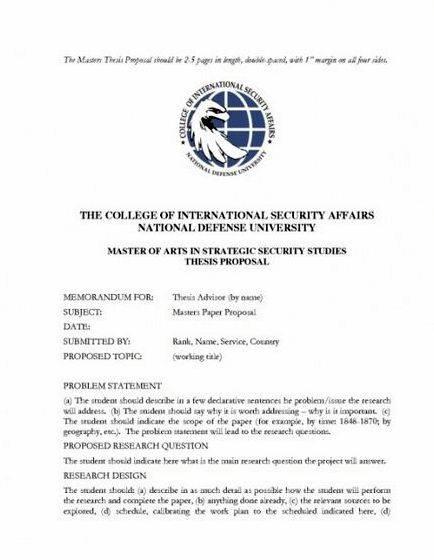
All pages, including illustrations, tables etc. should be included in the pagination.
Paper Quality and Copies
To insure durability, permanency, and opacity, all copies must be on good quality white bond A4 paper, of at least 75g. Submission of the original copy is not required, but photocopies or reprints must be made from the original. All pages must have high contrast with consistently dark print throughout the thesis. The print must be permanent; it must not smudge. It is recommended that you work with a reputable copying firm or bindery when having your thesis reproduced.
All master’s theses and doctoral dissertations are to be bound in dark blue cloth. A bound copy of the thesis should measure 21.5 by 28.5 cm. The marker ribbon of the thesis should be red. Consult previously accepted theses in the Department’s seminar room for the proper formats for the front cover and the spine.
ARRANGEMENT OF CONTENTS
Every thesis or dissertation has three main parts or divisions: the preliminary pages, the text with optional appendices, and the bibliography. You must follow the order of items within these parts as listed below.
– Blank Page
– Dedication
– Title Page
– Approval Page
– Abstract
– �zet (Turkish translation of the Abstract)
– Acknowledgments
– Table of Contents
– List of Tables
– List of Figures
The Main Text (including appendices)
SPECIFIC GUIDELINES FOR THE PARTS OF THE THESIS
The dedication is optional. It should be brief and need not include the word dedicated. To is sufficient: e.g. To Cadoc
The dedication should be centered on the width of a line three inches from the top of the page. There should be no final punctuation. A dedication is not listed in the table of contents; no number appears on its page, and the page is not counted in the pagination of the preliminaries.
The title must be single-spaced, in all capital letters, and should begin at 5 cm (2 inch) from the top of the page. For the format of the title page, including spacing and capitalization consult previously accepted theses in the Department’s seminar room.
The Approval Page
Consult previously accepted theses in the Department’s seminar room for the proper format of the Approval Page. It is strongly recommended that the approval page of the thesis be signed in black ink.
The Abstract gives a brief account of the thesis or dissertation, including a statement of the problem, procedure and methods, results, and conclusions. The maximum length of the Abstract is 250 words for both MA and Ph.D. theses. �zet is the Turkish translation of the Abstract.
This is optional. In this part the student expresses appreciation for any special assistance given to him or her. The heading, ACKNOWLEDGMENTS, appears centered between the text margins, without punctuation, 5 cm (2 inch) from the top of the page; the text begins at least three spaces below the heading. It should use the same spacing as the text (that is, double spacing).
Table of Contents
The Table of Contents must list the title of each chapter (and any parts and sections that they have), the appendices and the bibliography. The wording used for all entries in the Table of Contents must match exactly with what is used in the text. Each entry must have leader dots which connect it to its corresponding page number. The heading, TABLE OF CONTENTS, appears without punctuation centered between the text margins 5 cm (2 inch) from the top of the page. The listing of actual contents begins at the left margin at least three spaces below the heading. Chapter entries are separated by a space of one line. Page numbers are right justified.
A list of tables may be included for the convenience of the reader. If included, it will immediately follow the table of contents on a new page. The heading, LIST OF TABLES, appears centered between the text margins without punctuation 5 cm (2 inch) from the top of the page; the listing begins at the left margin at least three spaces below the heading. Each entry should have the same number and the same caption or title used for a table in the text, although a long caption may be abbreviated to the extent of using only the first full sentence. As in the table of contents, each entry must have leader dots which connect it to its page number.
List of Figures
If included, these lists must appear on separate pages and are governed by the same rules as the List of Tables.
All headings and subheadings should be presented in the same format in each chapter, in terms of capitalization, placement on the page and kind of type used. Chapters are numbered consecutively in Arabic or Roman numerals and capital letters (CHAPTER 1, CHAPTER 2, etc, or CHAPTER I, CHAPTER II, etc), but consistently. Chapters should begin with a new page. The heading CHAPTER 1 in all capitals is centered between the text margins 5 cm (2 inches) from the top of the page; the title goes two spaces below. The text begins at least three spaces below.
Format of Footnotes and Bibliography
All footnotes and the citation of works in the bibliography should be in a consistantly applied approved style (e.g. The Chicago Manual of Style, MHRA Style Book). Consult your supervisor. For internet references, see formats developed by the H-Net, Humanities and Social Sciences On-line, at www2.h-net.msu.edu/about/citation/.
Direct quotations of 40 words or less should be incorporated into the text. Longer quotations or quotations that exceed three lines should be written as a separate block, single-spaced and indented from the margin, with no quotation marks at the beginning or end of the quotation, but in the same typeface/font size as the main text. For example,
qqqqqqqqqqqqqqqqqqqqqqqqqqqqqqqqqqqqqqqqqqqqqqqqqqqqqqq
qqqqqqqqqqqqqqqqqqqqqqqqqqqqqqqqqqqqqqqqqqqqqqqqq
qqqqqqqqqqqqqqqqqqqqqqqqqqqqqqqqqqqqqqqqqqqqqqqqqqqqqqqqq
qqqqqqqqqqqqqqqqqqqqqqqqqqqqqqqqqqqqqqqqqqqqqq
There are two acceptable systems concerning quotation marks. One, the American, uses double quotation marks at the beginning and end of the quotation, with any quotation within the quotation surrounded by single quotation marks. The second, British system is the reverse of this–single quotation marks at the beginning and end of the main quotation, with double quotation marks for quotations within quotations. If your footnote and bibliography style uses double quotation marks around the title of a journal article, follow the American system in the text. If your footnote and bibliography style uses single quotation marks around the title of a journal article, follow the British system in the text.
Capitalization or not of the first letter of the first word of the quotation should depend on grammatical position in the sentence introducing the quotation, not on whether it is capitalized in the original, unless it is a proper noun expression, e.g. London, United States, etc.
Tables and Figures
The word Table will designate tabulated information or numerical data used in the main body of the text or in the Appendices. The word Figure will designate all other non-verbal materials. Tables and Figures may appear together on the same page with text, separated by a space of one line. Tables and Figures should be placed as close as possible to the text they illustrate unless it is considered appropriate to put them in an appendix.
The numbers of the Tables and their captions are placed a space of one line above the Table. The numbers of the Figures and their captions are placed a space of one line below the Figure. The captions of Tables and Figures are centered in relation to the Table or Figure and written in bold. Each Figure or Table is numbered with consecutive Arabic numerals for the whole thesis.
If any Table continues to the following or subsequent pages, the top line on the subsequent page should read, Table 3 (cont’d), without quotation marks. The caption is not repeated.
A bibliography is always in alphabetical order, with the author’s surname first. (In the case of those source material without an author, the articles a, an, and the are disregarded while ordering alphabetically.)
The heading, BIBLIOGRAPHY, is centered between the text margins without punctuation 5 cm from the top of the page; the list begins four spaces below.
Each bibliographic entry should be single-spaced with double spacing between entries.
Appendix or Appendices
Some authors may desire to include certain materials of the thesis or dissertation in an appendix rather than in the main text. If the information to be appended requires more than one appendix, each should be given a letter (Appendix A, Appendix B, and the like). The heading APPENDIX A should appear centered between the text margins 5 cm from the top of the page. The typeface and size should be those used for chapter titles.
Each appendix with its title must be listed separately in the table of contents as a subdivision under the heading APPENDICES.
DEADLINES DURING MASTERS THESIS YEAR
Masters theses in the department are to be completed according to the following schedule (these are final deadlines; students are encouraged to complete their theses–have the final jury by the 1st week of June, for example–whenever possible):
1. Proposal – 30 September
2. 1st Progress Report – 1 February
3. 2nd Progress Report – 1 April
4. Preliminary Thesis Jury – 1st week of June (the thesis should be substantially complete at this point)
5. Final Jury – 1st week September
The Proposal and Progress reports will be submitted to the Advisor and the Chair.
Failure to satisfy your advisor at any of the first three stages, or the jury at the 4th and 5th stages, will probably lead to the cutting of your bursary.
NOTE: PhD students should consult their advisors about the appropriate schedule for completing their dissertations.


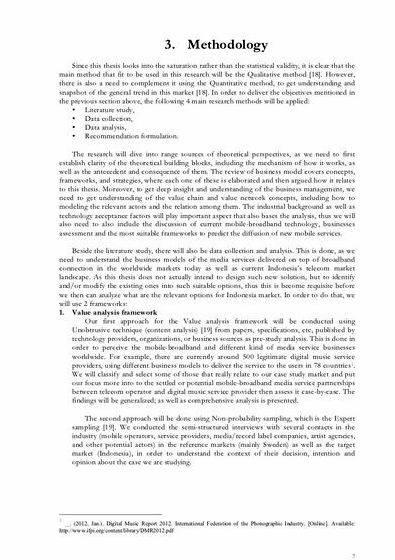

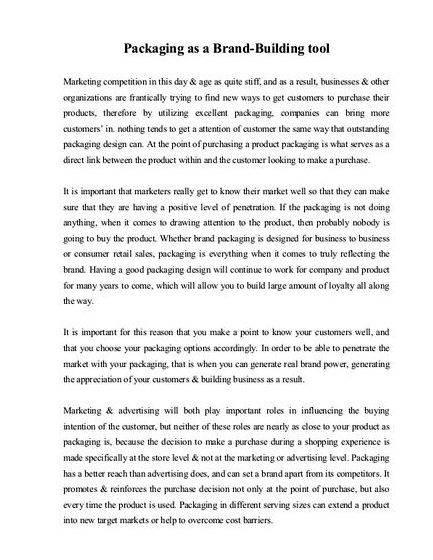

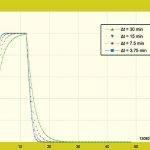 Rainfall runoff modelling thesis proposal
Rainfall runoff modelling thesis proposal Andrew carnegie gospel of wealth thesis proposal
Andrew carnegie gospel of wealth thesis proposal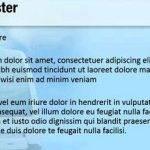 Professor rotwood s thesis proposal
Professor rotwood s thesis proposal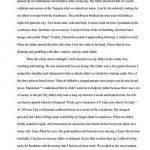 Bumping into mr ravioli thesis proposal
Bumping into mr ravioli thesis proposal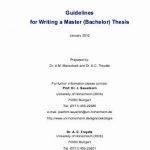 Uni mannheim master thesis proposal
Uni mannheim master thesis proposal






